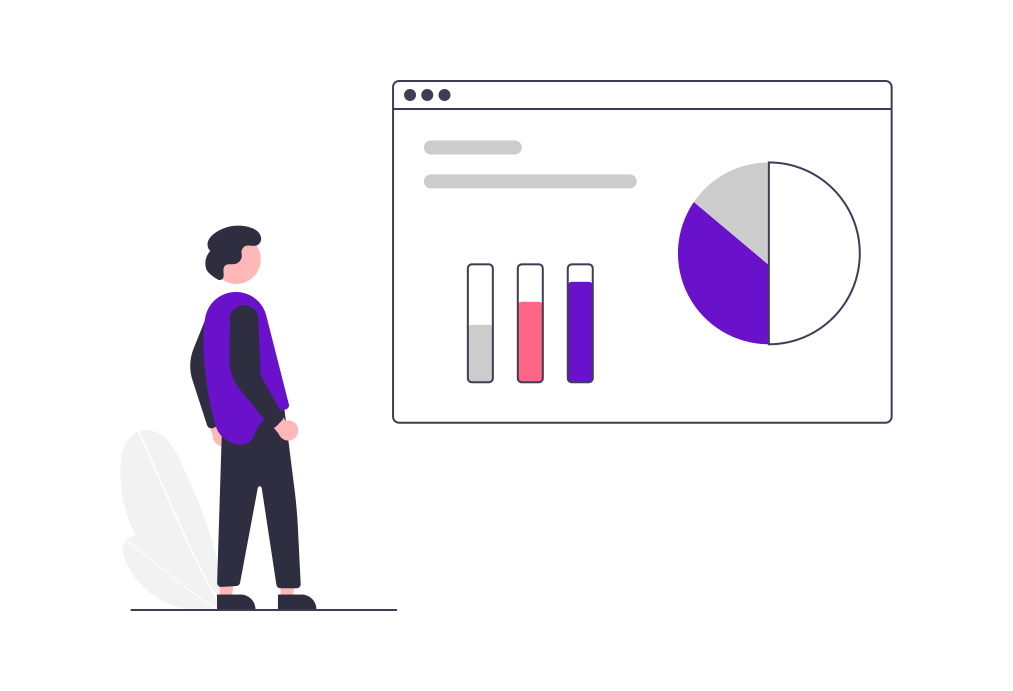In the realm of Account-Based Marketing (ABM), precision is paramount. As marketing becomes more data-driven, the role of data analytics in refining targeting strategies cannot be overstated. This blog explores how leveraging data analytics can elevate your ABM efforts, ensuring that your campaigns are not only reaching the right accounts but also engaging them in the most impactful way.
Data Analytics: The Foundation of Effective ABM Targeting
Data analytics in ABM is about turning vast amounts of information into actionable insights. It helps you understand who your ideal customers are, what they need, and how they behave. By analyzing patterns, trends, and behaviors within your target accounts, you can tailor your strategies to meet their specific needs more effectively.
-
Identifying Ideal Target Accounts
- Before you can engage the right accounts, you need to know who they are. Data analytics helps you define your Ideal Customer Profile (ICP) by examining existing customer data and identifying characteristics common to your most successful accounts. This could include firmographic data (such as industry, company size, or location), technographic data (the technology they use), or behavioral data (how they engage with your content).
-
Segmenting Your Audience
- Once you've identified your target accounts, data analytics allows you to segment them into groups based on shared characteristics or behaviors. This segmentation is crucial for creating personalized marketing messages that resonate with each group. For example, you might create different segments for accounts that are in the awareness stage of the buyer's journey versus those that are closer to making a purchase decision.
-
Predicting Account Needs and Behavior
- Predictive analytics, a subset of data analytics, uses historical data to forecast future trends and behaviors. By applying predictive models to your target accounts, you can anticipate their needs and tailor your messaging to address those needs proactively. This not only increases the relevance of your campaigns but also enhances your ability to engage with accounts at the right time.
Refining Targeting with Behavioral Data
Behavioral data provides insights into how your target accounts interact with your brand across various touchpoints. Analyzing this data allows you to understand their preferences, pain points, and decision-making processes.
-
Tracking Engagement Across Channels
- By monitoring how your target accounts engage with your content—whether it’s website visits, email opens, social media interactions, or event participation—you can gauge their interest levels and intent. High engagement might indicate readiness for deeper conversations, while low engagement could signal the need for a different approach.
-
Mapping the Buyer’s Journey
- Behavioral data helps you map out the buyer's journey for each account, revealing where they are in the decision-making process. This mapping enables you to deliver content and messaging that aligns with their current stage, guiding them smoothly from awareness to consideration to purchase.
-
Optimizing Content Delivery
- Use behavioral insights to optimize when, where, and how you deliver your content. For instance, if data shows that a particular segment prefers webinars over whitepapers, you can prioritize video content in your campaigns. Similarly, knowing the best times to send emails based on previous interactions can increase open rates and overall engagement.
Leveraging Technographic and Intent Data
Technographic and intent data are essential components of a data-driven ABM strategy, providing deeper insights into the technology stack and purchase intent of your target accounts.
-
Technographic Data: Understanding Their Stack
- Knowing the technology platforms and tools your target accounts use can inform your approach. If you understand their tech stack, you can position your product as a complementary solution, making your pitch more relevant. Technographic data can also help identify gaps or pain points that your solution can address.
-
Intent Data: Gauging Purchase Intent
- Intent data tracks signals that indicate an account’s likelihood to make a purchase. This could include keyword searches, content downloads, or participation in relevant forums. By analyzing these signals, you can prioritize accounts showing strong intent to buy, focusing your efforts where they are most likely to yield results.
-
Tailoring Campaigns Based on Intent Signals
- Intent signals should inform your messaging and outreach strategy. For accounts demonstrating high purchase intent, consider more aggressive tactics, such as personalized offers or direct sales outreach. For those with lower intent, nurturing campaigns might be more appropriate, providing value over time and building trust.
Continuous Optimization Through Data Analysis
ABM is not a set-it-and-forget-it strategy; it requires ongoing refinement. Regular analysis of your data is crucial to optimizing your targeting strategies over time.
-
Measuring Campaign Effectiveness
- Use analytics to track the performance of your ABM campaigns. Key metrics to monitor include engagement rates, conversion rates, and the speed of pipeline progression. Analyzing these metrics helps you understand what’s working and what needs adjustment.
-
Adjusting Targeting Criteria
- As you collect more data, your understanding of your target accounts will evolve. Continuously refine your ICP and segmentation criteria based on the latest insights. This iterative process ensures that your targeting remains aligned with your business goals and market conditions.
-
Feedback Loops for Continuous Improvement
- Establish feedback loops that incorporate data from your sales and customer success teams. This real-world feedback, combined with data analytics, will provide a holistic view of your ABM efforts, allowing for continuous improvement and greater alignment between marketing and sales.
Conclusion
Data analytics is the cornerstone of effective ABM targeting. By harnessing the power of data, you can identify the right accounts, understand their needs, and engage them with personalized content that drives results. As you refine your targeting strategies through ongoing data analysis, you’ll not only enhance the precision of your campaigns but also build stronger, more meaningful relationships with your target accounts.


